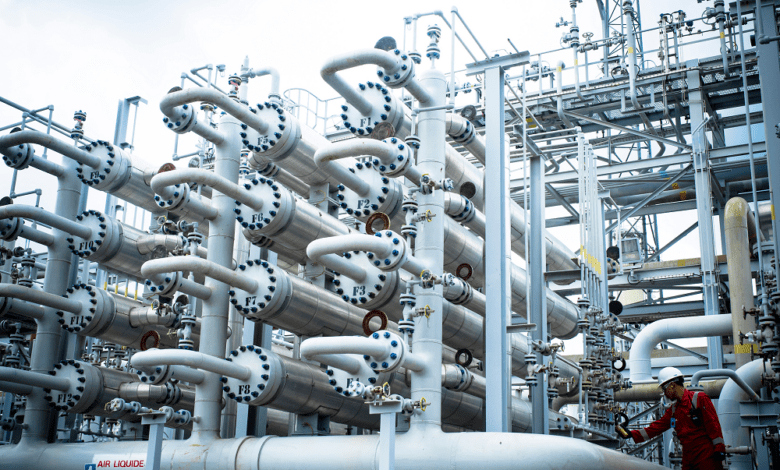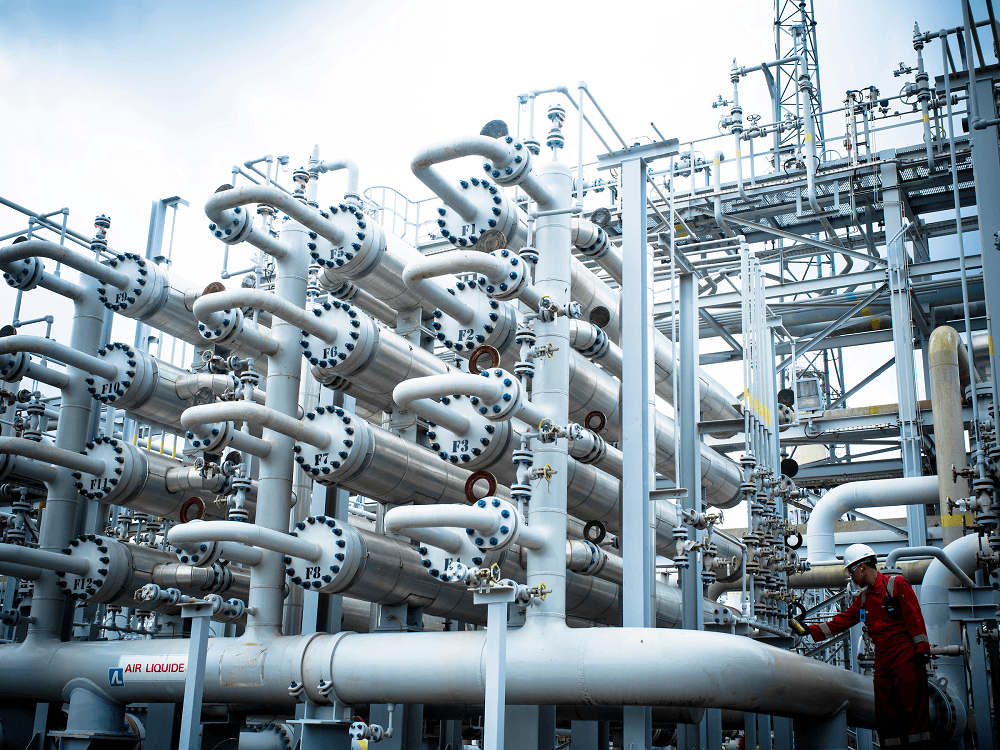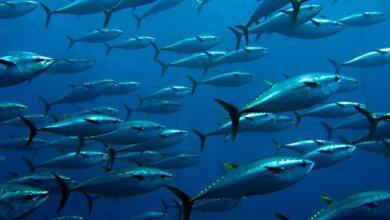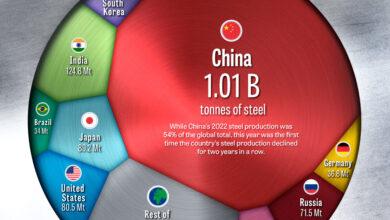
Top 15 Countries With Renewable Energy Resources
Countries With Renewable Energy Resources – Renewable energy is becoming an increasingly important part of the global energy landscape as countries shift away from fossil fuels towards more sustainable options. Some countries are leading the way when it comes to the adoption and development of renewable energy sources like solar, wind, hydroelectric, geothermal and biofuels. These renewable energy leaders are investing heavily in clean energy technologies and infrastructure in order to reduce carbon emissions, improve energy security, and stimulate economic growth.
This article will provide an overview of the top 15 countries utilizing renewable energy sources. For each country, the key renewable energy sources will be explored along with details on major projects, capacity statistics, and the factors driving renewable growth. Understanding the renewable energy landscapes in these top countries can provide insights into best practices for transitioning to a low-carbon future.
👉 Relocate to Canada Today!
Live, Study and Work in Canada. No Payment is Required! Hurry Now click here to Apply >> Immigrate to Canada
NS Energy
Top 15 countries for renewable energy sources Are
1. China
China is the undisputed leader in total renewable energy capacity, leading the world in the development and use of wind, solar, hydropower and biofuels. This country has invested heavily in renewable technologies, doubling its total capacity in just 5 years. Key renewable sources include:
– Wind: Largest wind capacity globally with over 285 GW, home to some of the largest onshore wind farms. Key provinces include Inner Mongolia, Xinjiang, Gansu.
– Solar: Top solar capacity with over 250 GW, massive distributed and utility-scale solar farms found across the country. Major solar bases in Qinghai, Gansu, Xinjiang. Countries With Renewable Energy Resources
– Hydropower: Leads the world in hydro capacity with around 350 GW of installed power. Massive hydroelectric dams like the Three Gorges Dam along the Yangtze River.
– Biofuels: Leader in bioethanol production from corn and biodiesel from waste oil and agri residues.
Read Also: Top 15 Nations with Vast Energy Resources
2. United States
The United States has some of the richest renewable resources in the world and is currently the second largest market. Wind and solar have experienced explosive growth in recent years while hydropower remains the primary renewable source. Key sources include: Top 14 Pharmaceutical Companies in Abuja
– Wind: Over 100 GW installed capacity, major wind farms in Texas, California, Midwest states like Iowa. Offshore farms along the coasts.
👉 Relocate to Canada Today!
Live, Study and Work in Canada. No Payment is Required! Hurry Now click here to Apply >> Immigrate to Canada– Solar: More than 75 GW of solar capacity, most in California, Arizona, Florida. Large utility-scale projects.
– Hydropower: 50 GW of hydro capacity, located along the Colorado River and Columbia River basins in the West.
– Biofuels: Major producer of bioethanol from corn and biodiesel from soybeans.
Read Also: Top 15 Washing Machines with Energy-efficient Features in Nigeria
3. Brazil
Brazil stands out as a global leader in renewable energy, deriving most of its electricity from hydropower and biofuels. Other renewables are also growing strong including onshore wind farms and solar. Key sources:
– Hydropower: Second largest hydro capacity globally at over 100 GW from dams like Itaipú along the Paraná River.
– Biofuels: World’s second largest producer of bioethanol from sugarcane. Also biodiesel from soy and other agri crops.
– Wind: 14 GW of installed wind power, sizable wind farms located in the northeast.
– Solar: Booming utility-scale solar sector, major projects in Minas Gerais, Bahia. Jamb Result
4. Germany
Germany has pioneered renewable energy adoption in Europe, leading the way in wind and solar integration. Renewables account for over 40% of Germany’s power output. Key sources:
– Solar: 54 GW of solar capacity, the most in Europe. Widespread rooftop PV and solar farms.
– Wind: 60 GW of wind power capacity, many turbines located in northern coastal regions.
– Biofuels: Biodiesel production from rapeseed, bioethanol from cereals like wheat.
Read Also: Top 15 Countries with Abundant Water Resources
5. India
India is rapidly expanding its renewable energy portfolio to meet rising energy demands and reduce reliance on imported fossil fuels. Solar and wind initiatives are proliferating under clean energy policies and support. Key sources: 15 Amazing Benefits of Exercise
– Wind: Nearly 40 GW of installed wind capacity, spread across states like Tamil Nadu, Gujarat and Maharashtra.
– Solar: Has grown over 5X to around 45 GW in just a few years. Major projects in Rajasthan, Andhra Pradesh, Tamil Nadu.
– Hydropower: Fifth largest hydro capacity globally at around 50 GW, located in mountain states.
– Biofuels: Second largest producer of sugarcane ethanol after Brazil. 200 Romantic Love messages
6. Japan
While low on domestic fossil fuel reserves, Japan has invested heavily in renewable energy to enhance its energy security and reduce carbon emissions. Key sources:
– Solar: Massive 60 GW solar capacity, second only to China. Numerous utility-scale solar farms.
– Wind: Over 3 GW of wind power, offshore wind farms in development.
– Geothermal: Second largest geothermal capacity globally. Major geothermal fields in Kyushu and Hokkaido.
– Hydropower: 49 GW of hydroelectric power, mostly in mountainous regions.
Read Also: 15 Counties with the most Lucrative Mining Resources
7. Canada
Canada possesses immense renewable resources with vast hydropower and abundant wind, solar and biofuels potential. Renewables provide over 65% of Canada’s electricity generation.
– Hydropower: Fourth largest hydro capacity globally at 80 GW, centered in Quebec along rivers.
– Wind: 13 GW and growing, Alberta, Ontario and Quebec lead wind development.
– Solar: Just under 3 GW but solar farms increasing, especially in Ontario.
– Biofuels: Major ethanol production from corn and wheat, biodiesel from canola oil.
8. France
France derives the bulk of its electricity from nuclear but also has impressive deployment of hydro and wind power. Solar and biofuels offer huge potential going forward. Information Guides In Nigeria
– Wind: Fifth globally in wind power with nearly 20 GW. Many onshore and offshore wind farms.
– Hydropower: 25 GW of hydro capacity from mountainous regions and overseas territories.
– Solar: Over 12 GW and accelerating with support policies. Major projects in Nouvelle-Aquitaine.
– Biofuels: Large biodiesel output from vegetable oils like canola.Good morning my love messages
Read Also: Top 15 Wealthiest Countries in terms of resource wealth
9. United Kingdom
The United Kingdom has invested heavily in wind energy and seeks to harness its abundant offshore wind resources in the years ahead. Solar, hydro and biofuels also contribute.
– Wind: Largest offshore wind market globally, over 10 GW total wind capacity. New offshore farms off the coasts. 15 Amazing Benefits of Exercise
– Solar: Nearly 14 GW of solar, significant largescale projects in southern England.
– Hydropower and biofuels: Longstanding hydro resources plus bioethanol and biodiesel production.
10. Spain
Spain is a sunny, windy country well positioned to tap into solar and wind power. It has achieved strong growth in renewables after years of supportive policies.
– Wind: Over 27 GW of wind power capacity, especially in the north. Leader in wind energy in Europe.
– Solar: Nearly 15 GW of PV capacity, second largest in Europe after Germany. Extensive solar farms.
– Hydropower and biofuels: Mature hydro resources plus biodiesel and bioethanol output.
11. Australia
Australia has tremendous potential in solar, wind and hydro energy. Renewables have grown but greater policy support is needed to tap into its vast resources.
– Solar: Over 18 GW of solar PV, roof installations and large utility-scale farms.
– Wind: Nearly 7 GW of installed capacity, spread across several states.
– Hydropower: Key hydropower resources located around the Snowy Mountains. JAMB Portal
Read Also: 10 Importance Of Mineral Resources In Nigeria
12. Sweden
Sweden is a leader in renewable integration in Europe, with an emphasis on hydropower and expanding wind energy. Biofuels and solar also growing.
– Hydropower: Accounts for over 40% of Sweden’s power from around 16 GW of capacity.
– Wind: Eighth globally in wind power with nearly 10 GW. More onshore and offshore planned.
– Biofuels and Solar: Usage of bioethanol and biodiesel plus emerging solar PV.
13. Norway
Norway generates almost all of its immense electricity demand from renewable hydropower resources. Wind power is also being built up.
– Hydropower: Sixth globally with 31 GW of hydro capacity from mountainous regions.
– Wind: Just under 2 GW but more wind farms are under development.
– Salmon farming: Sustainable aquaculture with hydro electricity.
Read Also: Top 15 Natural Resources that Contribute to Nigeria’s Wealth
14. Denmark
Denmark is a pioneer in wind power integration, deriving a sizable portion of its electricity from wind. Leaders in wind turbine technology. Top 15 Golf Health Benefits
– Wind: Sixth largest market globally with over 6 GW, much from offshore farms.
– Bioenergy: Widespread use of biomass for district heating.
– Solar and hydro: Emerging solar and longstanding hydro resources. NYSC Portal
15. Austria
Austria possesses major hydropower assets and has grown wind and solar capacity. Strong policies back renewables expansion.
– Hydropower: Significant hydro resources generate over half of electricity.
– Wind: Nearly 3 GW of wind power, more planned in the east.
– Solar: PV installations growing under clean energy initiatives.
– Biofuels: Contribution from biodiesel and bioethanol.
Conclusion
In summary, transitioning to renewable energy is critical for mitigating climate change and building sustainable energy systems for the future. The countries examined in this article demonstrate leadership in adopting clean energy across a range of technologies like solar, wind, hydro, geothermal and biofuels. While the renewable capacity and potential varies between nations due to geographic, political and economic factors, the strides made by these leading countries provide models for expanded deployment of renewables on a global scale. With the costs of renewable energy steadily declining and its policies evolving, renewable energy leadership will continue accelerating worldwide.
Check: JAMB Result
Check and Confirm: How Much is Dollar to Naira





